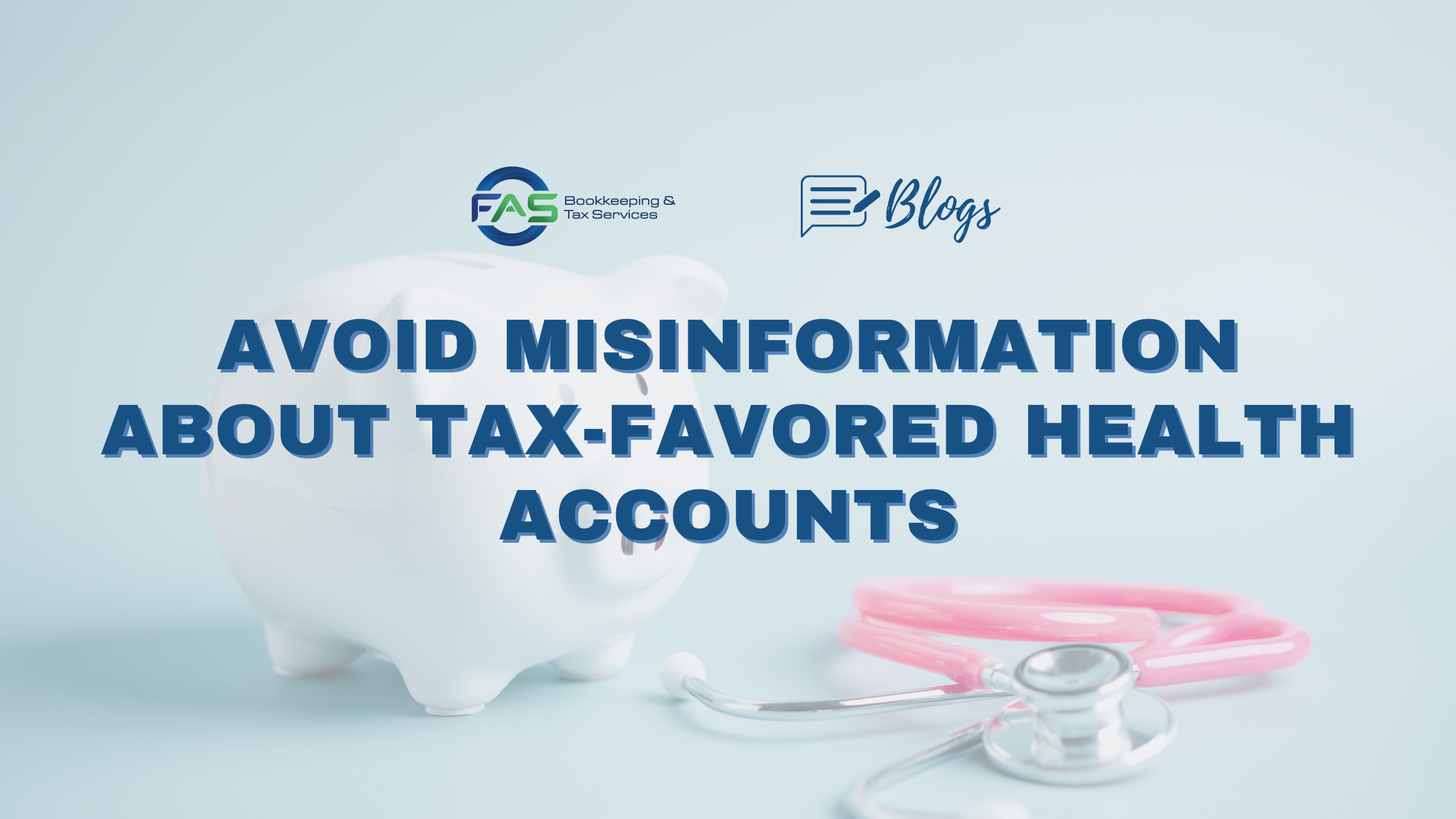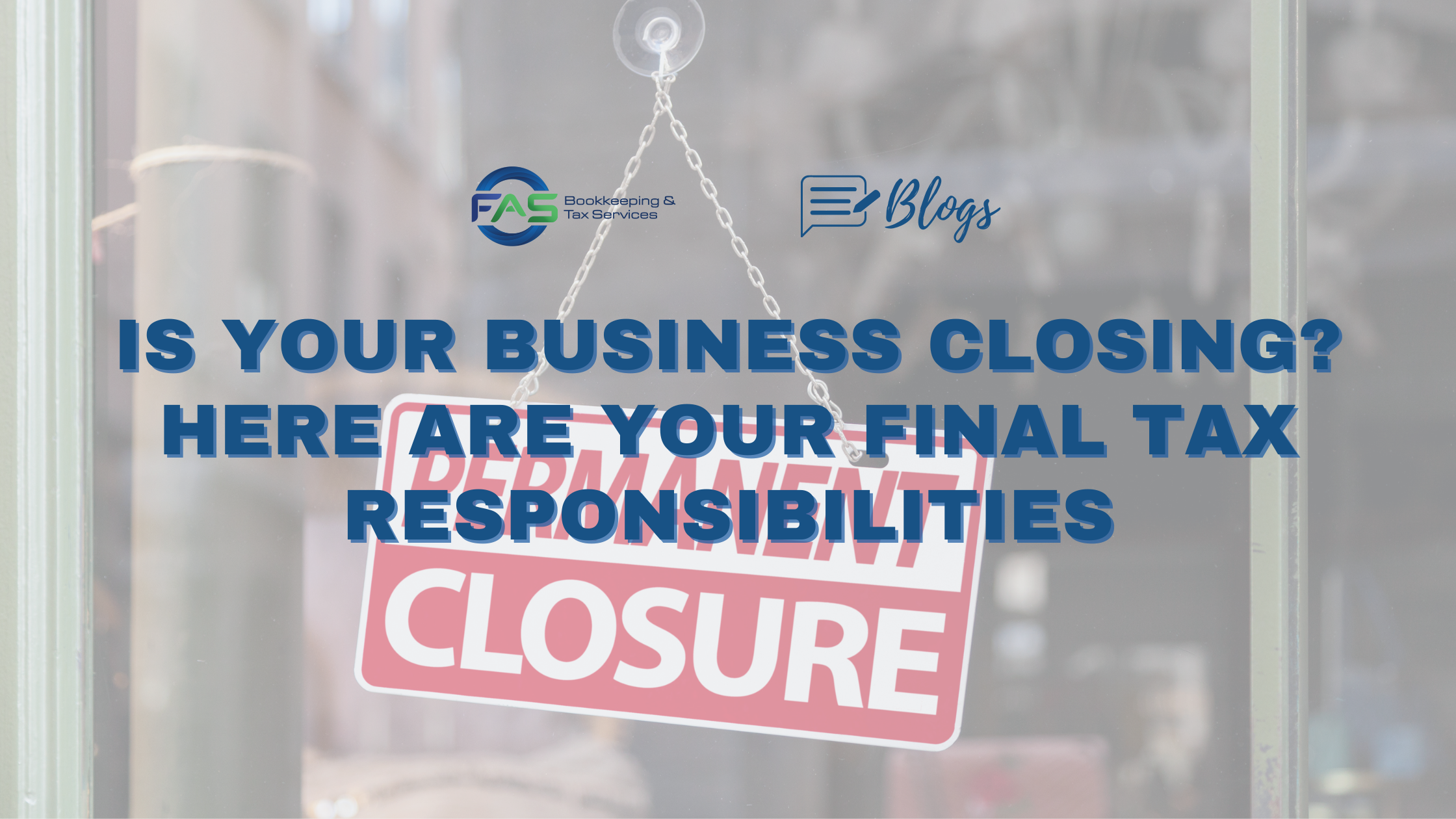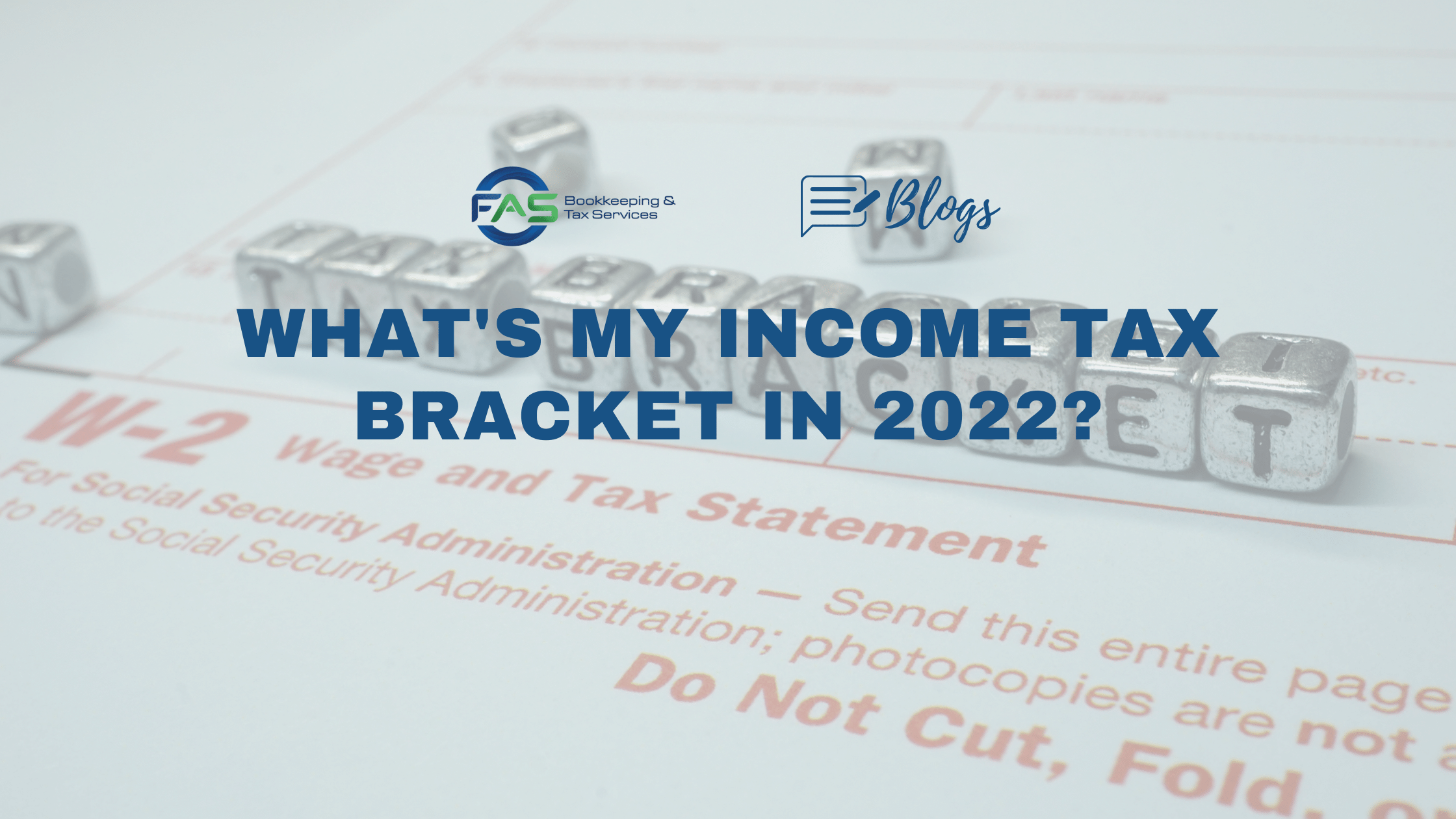What’s my Income Tax Bracket in 2022?
Income tax brackets are the percentages of taxes you pay on your taxable income. With each bracket, there’s a different amount of money that you pay. The issue is in trying to understand how they work in relation to how much other people make and how much their taxes are. Income tax brackets aren’t the easiest thing to grasp, but we’ll break them down for you. You’ll see how they’re structured, what they mean, and how they can affect you and your family.
There are seven different income tax brackets for the year 2022 for people that are filing their own individual income tax returns. The 7 income tax brackets are: 10%, 12%, 22%, 24%, 32%, 35% and 37%. A 15% marginal rate bracket existed until the year 2013 and has since been eliminated.
2022 Federal Income Tax Brackets
Take note of these tax brackets for 2022 in preparation for next year’s tax filing season!
Single Filer
| Tax rate | Taxable income bracket | Tax owed |
| 10% | $0 to $10,275 | 10% of taxable income |
| 12% | $10,276 to $41,775 | $1,027.50 plus 12% of the amount over $10,275 |
| 22% | $41,776 to $89,075 | $4,807.50 plus 22% of the amount over $41,775 |
| 24% | $89,076 to $170,050 | $15,213.50 plus 24% of the amount over $89,075 |
| 32% | $170,051 to $215,950 | $34,647.50 plus 32% of the amount over $170,050 |
| 35% | $215,951 to $539,900 | $49,335.50 plus 35% of the amount over $215,950 |
| 37% | $539,901 or more | $162,718 plus 37% of the amount over $539,900 |
Married Filing Jointly
| Tax rate | Taxable income bracket | Taxes owed |
| 10% | $0 to $20,550 | 10% of taxable income |
| 12% | $20,551 to $83,550 | $2,055 plus 12% of the amount over $20,550 |
| 22% | $83,551 to $178,150 | $9,615 plus 22% of the amount over $83,550 |
| 24% | $178,151 to $340,100 | $30,427 plus 24% of the amount over $178,150 |
| 32% | $340,101 to $431,900 | $69,295 plus 32% of the amount over $340,100 |
| 35% | $431,901 to $647,850 | $98,671 plus 35% of the amount over $431,900 |
| 37% | $647,851 or more | $174,253.50 plus 37% of the amount over $647,850 |
Married Filing Separately
| Tax rate | Taxable income bracket | Taxes owed |
| 10% | $0 to $10,275 | 10% of taxable income |
| 12% | $10,276 to $41,775 | $1,027.50 plus 12% of the amount over $10,275 |
| 22% | $41,776 to $89,075 | $4,807.50 plus 22% of the amount over $41,775 |
| 24% | $89,076 to $170,050 | $15,213.50 plus 24% of the amount over $89,075 |
| 32% | $170,051 to $215,950 | $34,647.50 plus 32% of the amount over $170,050 |
| 35% | $215,951 to $323,925 | $49,335.50 plus 35% of the amount over $215,950 |
| 37% | $323,926 or more | $87,126.75 plus 37% of the amount over $323,925 |
Head of Household
| Tax rate | Taxable income bracket | Tax owed |
| 10% | $0 to $14,650 | 10% of taxable income |
| 12% | $14,651 to $55,900 | $1,465 plus 12% of the amount over $14,650 |
| 22% | $55,901 to $89,050 | $6,415 plus 22% of the amount over $55,900 |
| 24% | $89,051 to $170,050 | $13,708 plus 24% of the amount over $89,050 |
| 32% | $170,051 to $215,950 | $33,148 plus 32% of the amount over $170,050 |
| 35% | $215,951 to $539,900 | $47,836 plus 35% of the amount over $215,950 |
| 37% | $539,901 or more | $161,218.50 plus 37% of the amount over $539,900 |
How do tax brackets work
The IRS uses tax brackets to determine how much you owe in taxes. Each bracket covers a certain range of income, and if your income falls into that range, you’ll be taxed at the rate for that bracket. A progressive tax system is in place which means that people with higher taxable incomes are required to pay higher taxes.
- When you’re ‘in’ a tax bracket, it doesn’t mean that you have to pay the income tax rate on all of the income you make. Since the US uses a progressive tax system, it means that people who earn more get to pay a higher taxable income compared to taxpayers that don’t earn as much.
- Your taxable income is divided into ‘chunks’ to determine the exact amount of taxes you owe to the government. This is what’s known as a tax bracket. A corresponding tax rate is in place for each ‘chunk’. The upside to the progressive tax rate that utilizes tax brackets is that you are not obligated to pay the top tax rate on all of your earned income.
Example
If you’re a single filer with $50,000 of taxable income in a tax year, you would be placed in the 22% tax bracket. But being placed in the 22% income tax bracket doesn’t mean that all of your $50,000 income will be taxed at the 22% tax rate. A portion of your income that falls within the threshold of the 10% and 12% tax bracket will be taxed by their corresponding tax rate. That means that your first $10,275 of earned income will be taxed at 10% and the amount succeeding that will be taxed accordingly to the tax rate it falls into.

But take in mind that this only applies to your Federal Income Taxes, your state taxes are a whole different story! Each state has its own way of doing taxes, some have different tax brackets, a flat income tax or no income tax at all. If you live in Texas, you might want to read this [link to the other blog] to know your state’s income tax rate.
What’s up with Marginal Tax Rates?
A marginal tax rate is the highest tax rate you will pay on one more dollar of taxable income.
If you’re a single filer that earned $30,000 in a given tax year, your tax rate would be 12%. If you earned a dollar more, that dollar will still be taxed at 12% instead of the tax rate of the next income bracket.
However, if you earned $42,000 instead of $30,000, most of your income would still be taxed at the 12% tax rate. But the last few hundred dollars would be taxed at the tax rate of the next tax bracket.
How do you get into a lower tax bracket?
The beauty of our tax system is that there are plenty of ways you can reduce your taxable income so you can get into a lower tax rate, hence lower taxes.
The two most common ways to reduce your taxable income so you can get into a lower tax bracket is by utilizing one of these two:
- Tax Credits – On a dollar-for-dollar basis, tax credits can reduce your tax bill. However, they don’t affect your tax bracket position.
- Tax Deductions – Meanwhile, tax deductions help you reduce your total taxable income. Deductions on your taxable income are usually done by the percentage of your highest federal income tax bracket.
Taking all of the tax deductions and credits that are applicable to you can reduce your overall tax bill! If you want to know more about tax credits and tax deductions, you can head on over to one of these blogs:
List related blogs:
• Introduction to Tax Planning
• Cryptocurrency Tax Filing in 2022
• More…
Don’t want to deal with taxes yourself? Don’t worry we’ve got you covered! Send us a message today and let our Enrolled Agent handle your business and personal taxes!





